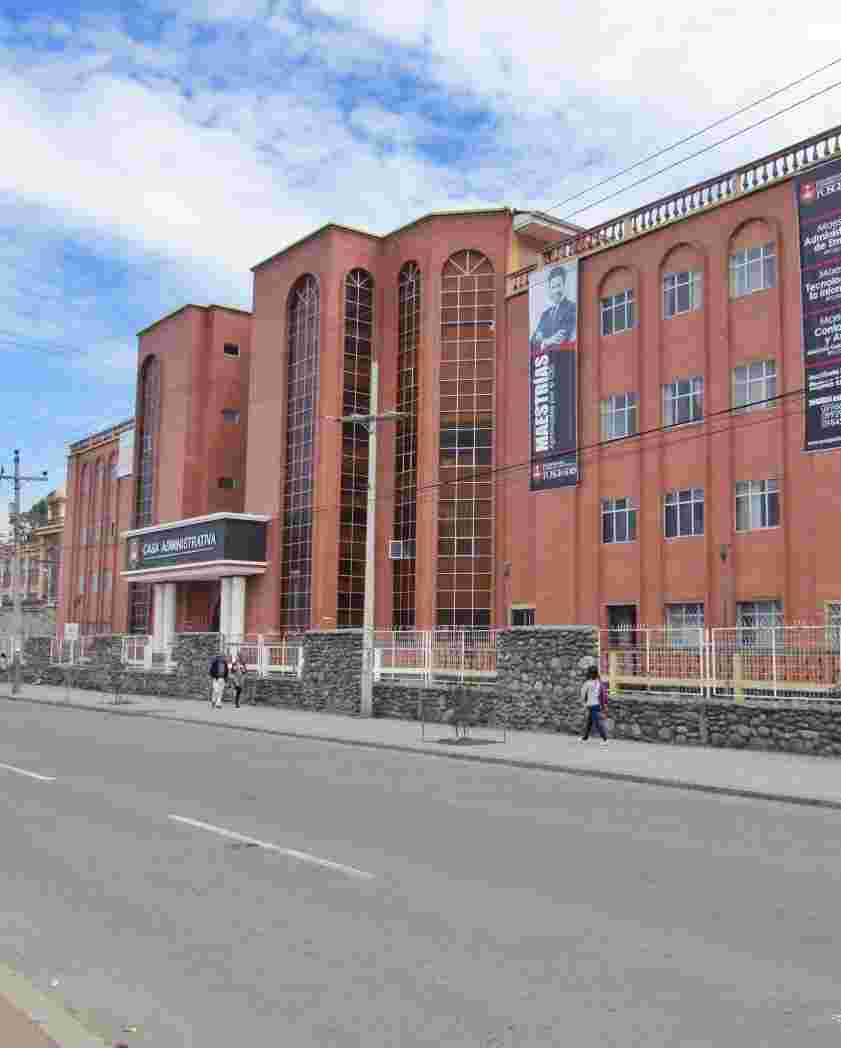Prevalencia de trastornos temporomandibulares en adultos mayores del Hogar Sebderito de Amor Chiquintad - 2018
Cargando...
Fecha
Autores
Título de la revista
ISSN de la revista
Título del volumen
Editor
Universidad Católica de Cuenca.
Resumen
OBJECTIVE: To determine the prevalence of temporomandibular disorders in older
adults of Hogar Senderito de Amor Chiquintad – 2018 MATERIAL AND METHODS: A
sample descriptive study was made, by means of the participation of 143 greater adults
of both sexes of the Hogar Senderito de Amor Chiquintad during the months of
November 2017 to January of year 2018; Accordingly, a sample was applied where data
about sex, age, signs and symptoms of the participants were taken in addition, clinical
manifestations were valued like: presence of muscular pain, difficulty to the mandibular
opening movement and closes, articular pain, noises, limitation of the buccal opening,
limitation of the lateral movements and propulsion , and deviation of the jaw.
RESULTS: the (88.8%) of the older adults studied had damage to the
temporomandibular joint. According to age ranges, the persons most affected by
temporomandibular disorders are from 81 years of age onwards (97%); joint noises were
the most common0 symptom in both sexes during mandibular opening and closing
movements (82.5%), followed by muscle-joint pain that it was manifested with a higher
percentage in women (83%) than in men (74%). CONCLUSIONS: there is a high
prevalence of TMD in older adults. The most frequent signs and symptoms by age and
sex were joint noises, deviation of the jaw to opening are the most affected.
Descripción
OBJETIVO: determinar la prevalencia de trastornos temporomandibulares en adultos
mayores del Hogar Senderito de Amor Chiquintad – 2018. MATERIALES Y MÉTODOS:
se realizó un estudio descriptivo transversal, mediante la participación de 143 adultos
mayores de ambos sexos del Hogar Senderito de Amor de la parroquia Chiquintad, de
noviembre 2017 a enero del año 2018; se aplicó una encuesta que consta de datos
generales del paciente como: sexo, edad, signos y síntomas. Además, se valoró
mediante un diagnóstico clínico: presencia de dolor muscular, dificultad al movimiento
de apertura y cierre, dolor articular, ruidos articulares, limitación de la apertura bucal,
limitación de los movimientos de lateralidad, propulsión y desviación de la mandíbula.
RESULTADOS: el 88,8% de los adultos mayores estudiados, presentaron daños en la
articulación temporomandibular. Según rangos de edad las personas más afectadas con
trastornos temporomandibulares son de 81 años de edad en adelante (97%), los ruidos
articulares fue el síntoma con mayor presencia en ambos sexos durante los
movimientos de apertura y cierre mandibular (82,5%), seguido por el dolor musculararticular
que se manifestó con mayor porcentaje en las mujeres (83%) que en los
hombres (74%). CONCLUSIONES: existe gran prevalencia de TTM en adultos mayores,
los signos y síntomas más frecuentes por edad y sexo fueron: los ruidos articulares,
desviación de la mandíbula a la apertura bucal.
Palabras clave
trastorno, prevalencia, articulación temporomandibular
Citación
Pizarro Quito, M.E. (2018) Prevalencia de trastornos temporomandibulares en adultos mayores del Hogar Sebderito de Amor Chiquintad - 2018. Universidad Católica de Cuenca.




